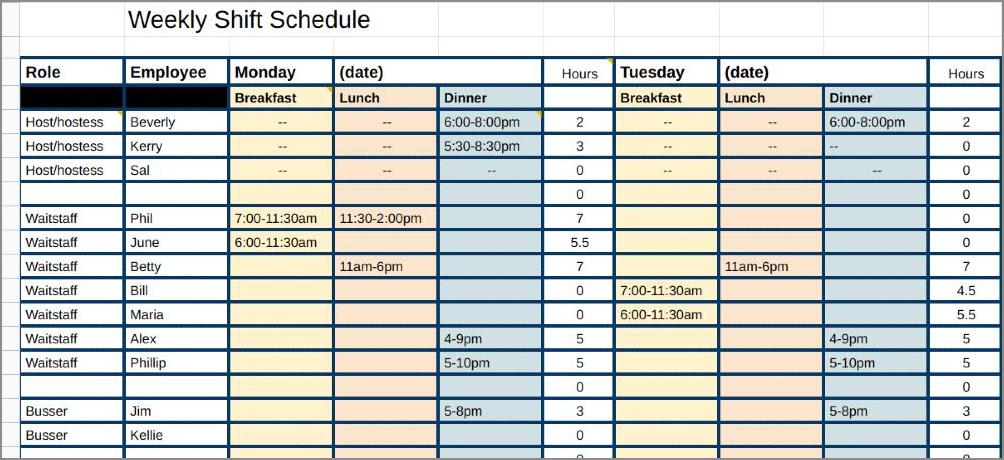Running a successful retail business requires careful planning and organization. One crucial aspect of managing a retail store is creating an effective retail schedule. A well-designed schedule ensures that your store is adequately staffed, customer service is maintained, and operational tasks are completed efficiently.
In this comprehensive guide, we will explore the ins and outs of creating a retail schedule, including tips, best practices, and examples to help you streamline your scheduling process.
What is a Retail Schedule?
A retail schedule is a structured plan that outlines the working hours and shifts for employees in a retail store. It includes details such as the days and times employees are expected to work, breaks and lunch periods, and specific tasks or responsibilities assigned to each employee during their shift. Retail schedules are essential for maintaining smooth store operations, optimizing customer service, and ensuring that all necessary tasks are completed.
Creating an effective retail schedule involves considering various factors, including employee availability, store traffic patterns, sales forecasts, and labor laws. By carefully balancing these factors, you can create a schedule that meets both the needs of your business and the preferences of your employees.
Why is a Retail Schedule Important?
A well-planned retail schedule offers several benefits for both the business and its employees:
- Efficient Staffing: By creating a schedule that aligns with store traffic patterns and sales forecasts, you can ensure that you have the right number of staff members on duty at any given time. This helps prevent understaffing or overstaffing, allowing you to optimize labor costs and provide excellent customer service.
- Employee Satisfaction: A well-communicated and fair retail schedule can improve employee morale and job satisfaction. It allows employees to plan their personal lives around their work schedules and reduces the likelihood of last-minute changes or surprises.
- Productivity and Accountability: A clear schedule helps employees understand their roles and responsibilities during their shifts, increasing productivity and accountability. When employees know what tasks they need to complete and when they can focus on their work and deliver better results.
- Compliance with Labor Laws: Retail schedules must comply with labor laws, including regulations regarding maximum working hours, rest breaks, and overtime pay. Creating a schedule that aligns with these laws helps you avoid penalties and legal issues.
How to Create an Effective Retail Schedule
Creating an effective retail schedule involves several steps and considerations. Here’s a step-by-step guide to help you create a schedule that meets your business needs:
1. Assess Store Needs and Goals
Start by assessing your store’s needs and goals. Consider factors such as store traffic patterns, sales forecasts, and peak business hours. Determine the number of employees required during different times of the day or week to ensure optimal customer service and operational efficiency.
2. Gather Employee Availability
Collect information about your employees’ availability. Ask them to provide their preferred working hours, days off, and any scheduling constraints they may have. This information will help you create a schedule that accommodates both business needs and employee preferences.
3. Use Scheduling Software
Invest in scheduling software to streamline the scheduling process. Scheduling software allows you to automate schedule creation, manage employee availability, and easily make changes or adjustments when needed. It also helps you track employee hours and ensure compliance with labor laws.
4. Create Shift Templates
Create shift templates based on your store’s needs and employee availability. These templates serve as a starting point for creating schedules and help ensure consistency in shift assignments. Consider factors such as the duration of shifts, break periods, and specific tasks or responsibilities for each shift.
5. Assign Shifts Fairly
When assigning shifts, ensure fairness and transparency. Consider employee preferences and availability, while also considering factors such as seniority, skill levels, and the need for cross-training. Avoid favoritism and strive to create a balanced schedule that meets both business needs and employee preferences.
6. Communicate the Schedule
Once the schedule is finalized, communicate it to your employees in a clear and timely manner. Use digital platforms or scheduling software to share the schedule with your team. Encourage employees to review their schedules regularly and notify you of any conflicts or issues.
7. Monitor and Adjust
Regularly monitor the effectiveness of your schedule and make adjustments as needed. Keep track of any scheduling conflicts, employee feedback, or changes in store needs. Continuously strive to improve your schedule to ensure optimal store operations and employee satisfaction.
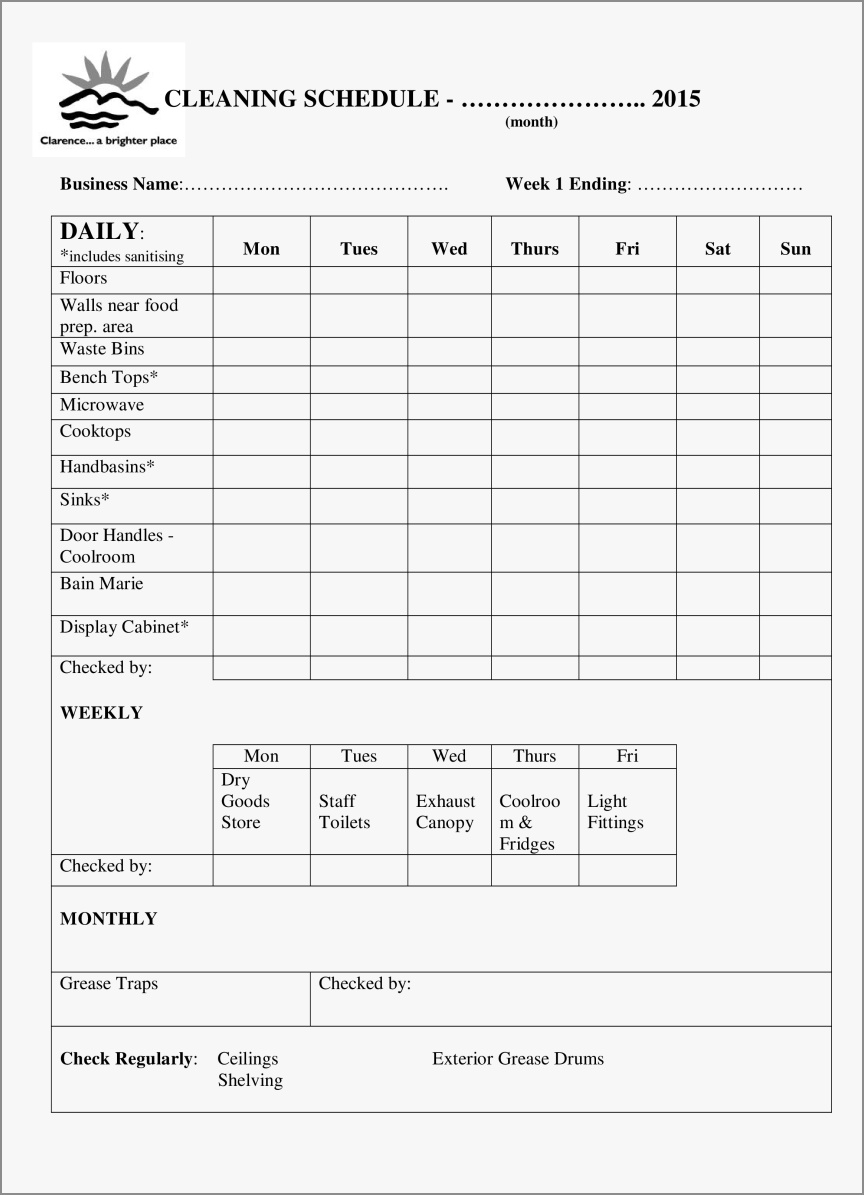
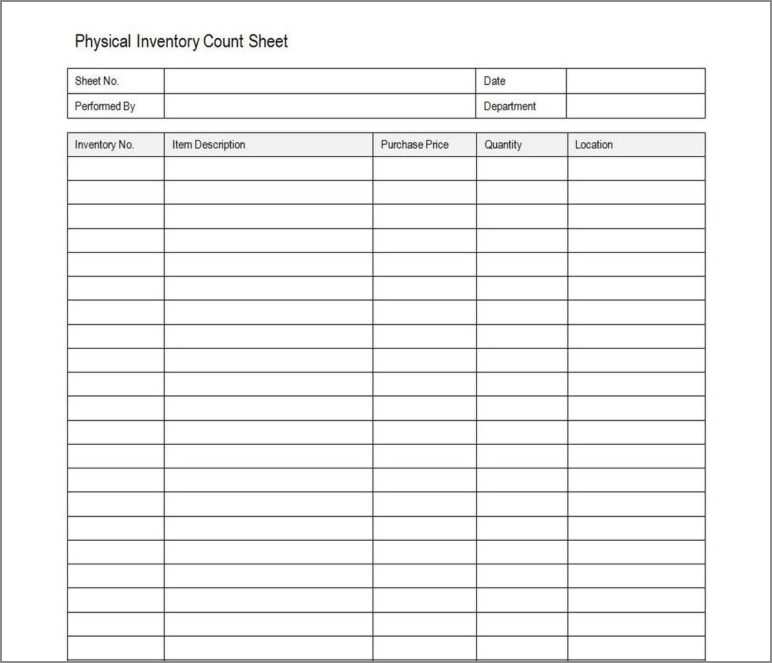
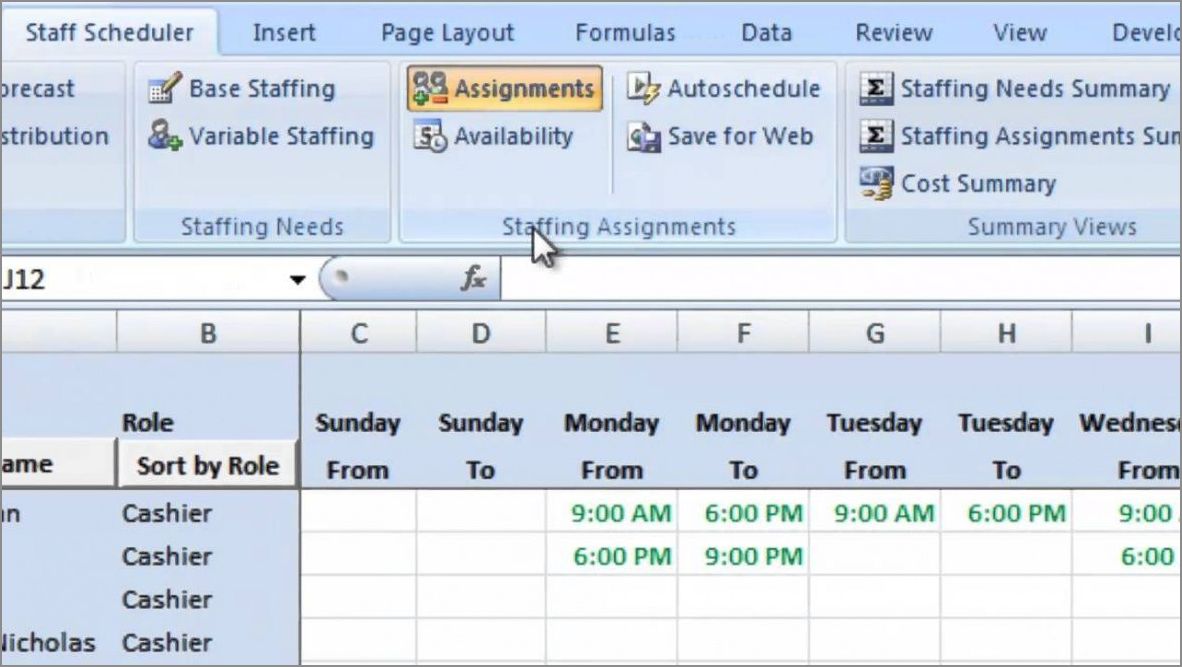
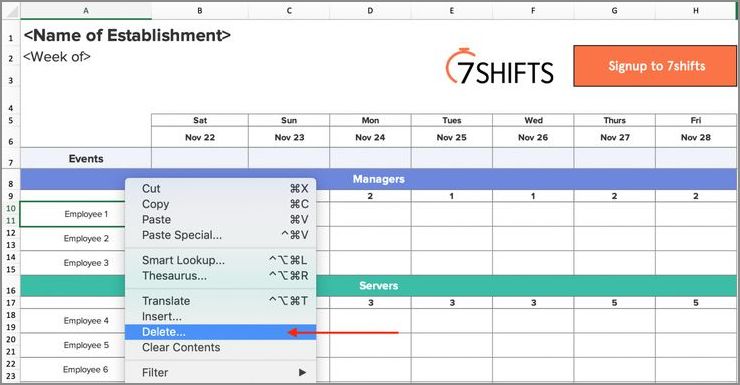
Best Practices for Retail Scheduling
When creating a retail schedule, consider the following best practices:
- Plan: Create schedules at least two weeks in advance to give employees sufficient notice and time to plan their personal lives.
- Consider Employee Preferences: Take employee preferences into account when creating schedules. Accommodate reasonable requests for specific days off or preferred working hours whenever possible.
- Ensure Adequate Breaks: Schedule breaks and lunch periods according to labor laws to ensure employee well-being and compliance.
- Use Shift Swapping: Implement a shift swapping system that allows employees to exchange shifts with each other, as long as it does not disrupt store operations or violate labor laws.
- Rotate Shifts Fairly: Rotate shifts fairly among employees to distribute favorable and unfavorable shifts equally. This promotes fairness and prevents employee dissatisfaction.
- Provide Schedule Flexibility: Offer schedule flexibility whenever possible to accommodate employees’ personal needs, such as childcare or other commitments.
- Encourage Open Communication: Create a culture of open communication where employees feel comfortable discussing scheduling concerns or conflicts. Encourage feedback and address any issues promptly.
- Monitor Employee Availability: Regularly update employee availability information to ensure accurate scheduling. Encourage employees to provide timely updates if there are any changes to their availability.
Conclusion
Creating an effective retail schedule is a critical aspect of managing a successful retail business. By considering store needs, employee preferences, and labor laws, you can create a schedule that optimizes store operations, enhances employee satisfaction, and ensures compliance. Implementing best practices and using scheduling software can further streamline the scheduling process and help you achieve a well-balanced and efficient retail schedule.
Retail Schedule Template Word – Download
